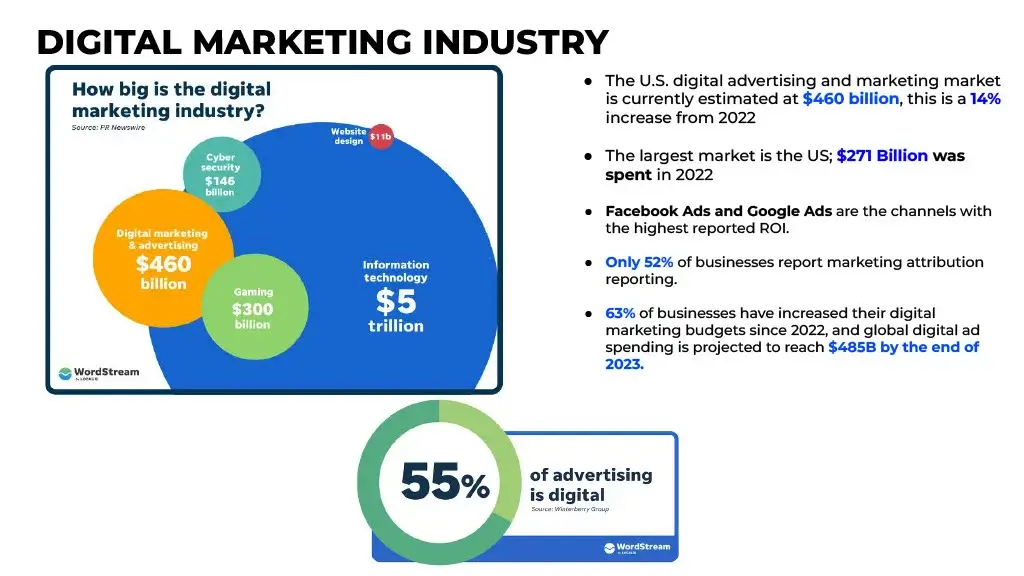Understanding the competitive landscape in your market and gaining an understanding of your competitors’ strengths, weaknesses, and strategies is essential for your business growth. Thankfully, in this digital age, your competitors are just a click away! The competitive research process can guide your path and help you fill in the gaps in your market. In this blog post, we are going to dive into the process of competitive research and strategy development.
Why Conduct Competitive Research?
Staying ahead of trends is not an option. By scrutinizing your competitors’ current strategies, you can align your business at the forefront of emerging trends and become a frontrunner.
Utilize insights to refine your product offerings, customer engagement strategies, and digital marketing tactics.
Pinpoint gaps in the market and capitalize on unexplored niches for business expansion.
Analyze your competitors’ website and user interface to enhance your own site’s user experience. Adopt best practices and incorporate the elements that attract and retain customers.
Fine-tune your advertising campaigns by learning from the approaches of your competitors. Make sure you stand out in the sea of other businesses.
Competitor research is a crucial step to take when you decide to start digital marketing. By identifying your competitors and gathering information about them, you can create a tactical strategy and gain an advantage in your industry. This process will help you uncover your strengths and weaknesses relative to your competitors, uncover strategies to surpass them, and stay ahead of relevant business trends and developments.
At Izell Marketing Group, we recognize the importance of competitive research in shaping successful marketing strategies. Before launching a new campaign, we conduct thorough research.
How to Conduct Competitive Research
1. Research The industry
Our approach begins with a comprehensive industry analysis. Start taking notes now! Identify the major players in the industry. Simple Google searches are a wealth of information. Search your city + your business and scope out the landscape. You can conduct more thorough research using paid databases like LexusNexus or IBISWorld (for an in depth look at a few of the free tools we use, check out this post about market research tools).
Determine the drivers of growth in the industry and estimate your (or your client’s) market share.

2. Identify your competitors
We employ tools like SEMRush and SpyFu to identify direct, aspirational, and potential threat competitors. Direct competitors sell the same or similar products. These may show up in competitive sales situations. Aspirational competitors may not be direct, but serve as goals or inspiration. Possible threats may become competitive and should be watched. Classifying competitors in this way allows for a nuanced understanding of the market, enabling us to strategize in detail.
3. Analyze Competitors’ Digital Presence
Visiting competitors’ websites, social media, business profiles, and dissecting their digital marketing efforts are key components of our research. Use SEMRush to gather information related to the website like their authority score, keywords, organic and PPC performance, monthly traffic, and ad history. Visual aids, including screenshots and examples, provide a thorough portrayal of the landscape in the final report that we deliver to our clients.
- Authority Score
- Monthly Traffic
- Paid
- Organic
- Keywords
- Branded
- Non-Branded
- Backlinks
- Comments
4. Analyze The Data and Draw Actionable Insights
Use all this information to analyze your competitors strengths and weaknesses. Find the gaps in their strategies, particularly the ones that you can fill. Use these insights to help you compete effectively in the industry. Formulate an action plan that includes marketing goals, the platforms that you will use to achieve these goals, measures of success, keywords, and ad copy. You may prescribe website improvements, social media presence, or existing ad revisions.
By integrating these insights into your strategic framework, you will be paving the way for sustainable growth and a resilient market presence. So, armed with a comprehensive understanding of your competitors, you may confidently launch new digital marketing campaigns. Best of luck!



